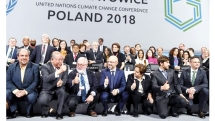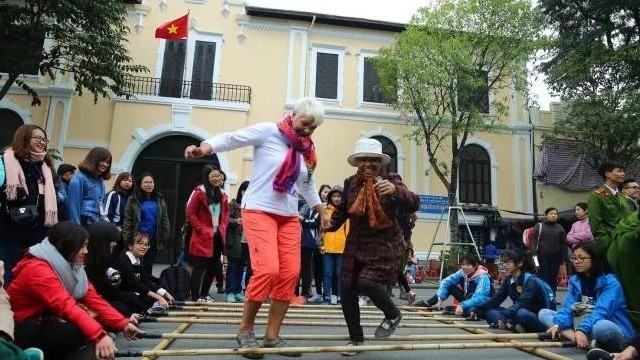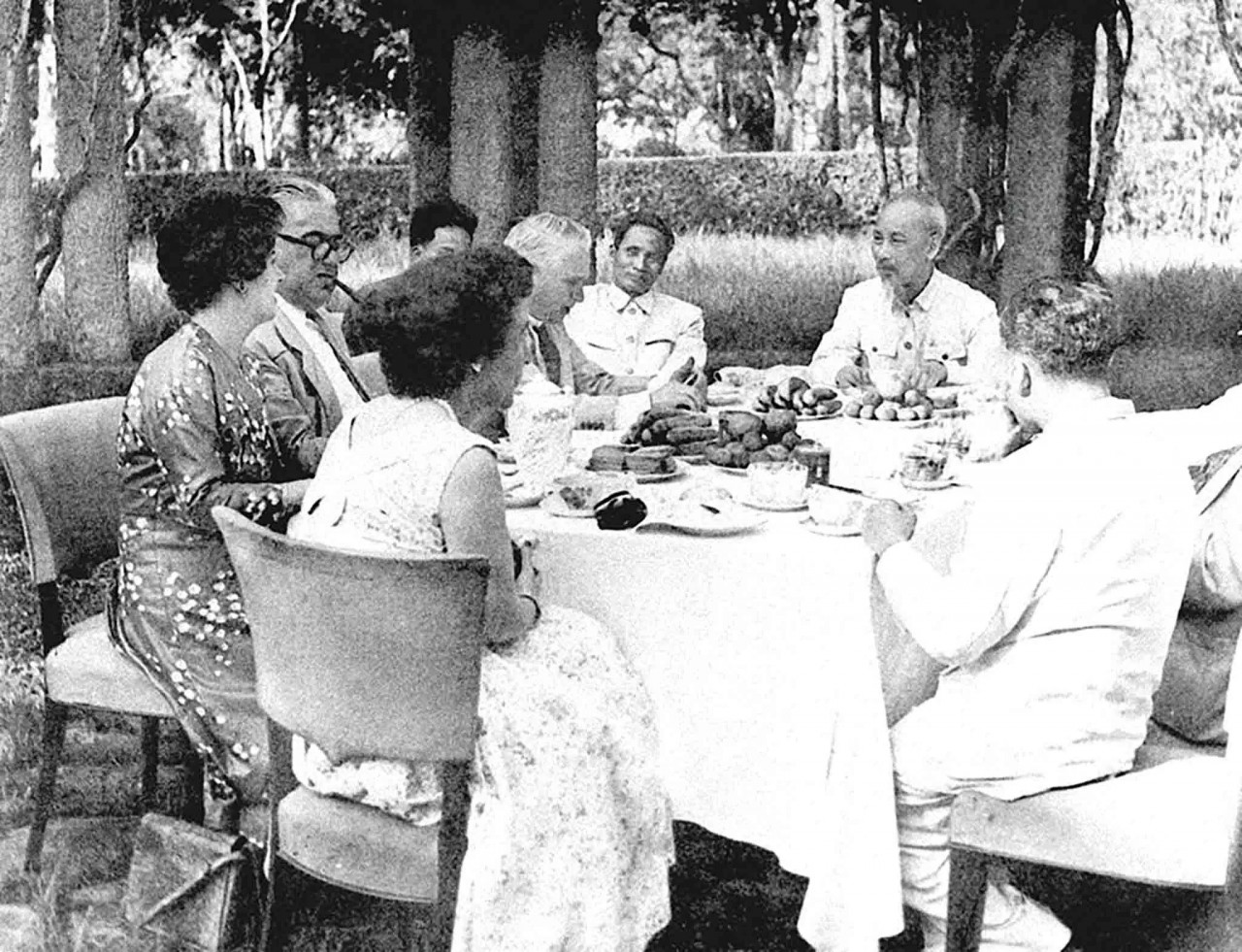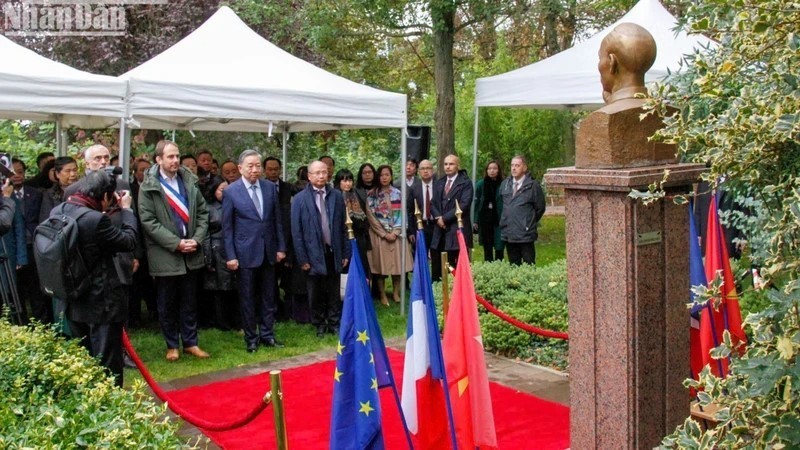Diplomacy - most important aspects in Paris peace agreement negotiations
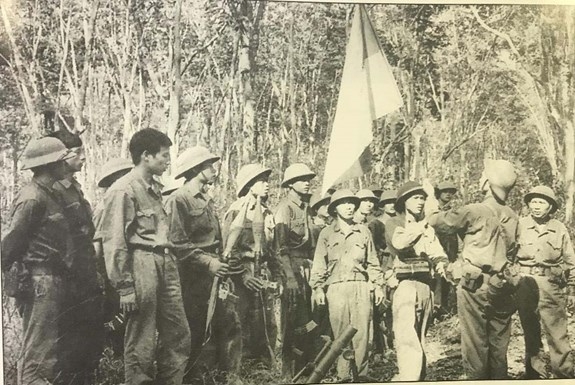 |
| In Bien Hoa Rubber Forest (Dong Nai province), Company 2 of Battalion 9, Regiment 3, Division 304 receives the victory flag before coming to liberate Saigon. File photo. |
Diplomacy was one of the most important aspects, together with military and politics, in negotiations for the Paris Peace Accords – an agreement to end the war and restore peace in Vietnam, heard a symposium held by the Ministry of Foreign Affairs in Hanoi on April 28, VNA reported.
Journalist Ha Dang, former spokesperson of the Provisional Revolutionary Government of the Republic of South Vietnam, highlighted the creative diplomacy guided by President Ho Chi Minh’s thoughts at that time.
Lasting for four years, eight months and 14 days, with 202 open meetings and 45 retreats between Vietnam and the US, the Paris Conference was the longest in the history of global diplomacy, with the signing of the Accords on January 27, 1973.
Ambassador Pham Quang Vinh, former Deputy Minister of Foreign Affairs and former head of SOM ASEAN Vietnam, said Vietnam used diplomacy based on national independence, international law and the spirit of justice, adding that this provided a valuable lesson for building foreign policy.
Nguyen Duy Nien, former Minister of Foreign Affairs, said Vietnam applied President Ho Chi Minh’s diplomatic ideology during the negotiations, saying under the agreement, the US committed to respecting independence, reunification and territorial integrity of Vietnam.
The agreement is the most comprehensive legal document recognising Vietnam’s fundamental rights, he said.
Clear-sighted leadership
The Party’s clear-sighted leadership was the decisive factor in the Great 1975 Spring Victory that liberated Vietnam’s south and reunified the country, according to General Luong Cuong, Secretary of the Party Central Committee and head of the General Political Department of the Vietnam People’s Army.
In an article published in the Quan doi Nhan dan (People’s Army) newspaper on April 27, Cuong, who is also a member of the Central Military Commission’s Standing Board, emphasised that the Great 1975 Spring Victory has gone down in history as a glittering chapter in and brilliant symbol of complete victory by revolutionary heroism and human wisdom.
It was also remembered in world history as a great feat of arms in the 20th century and an event of international importance.
He noted that under the 1954 Geneva Accords, Vietnam was temporarily divided into two regions. While the north became completely independent and began the transitional period to socialism, the south was under the rule of the US imperialists and their henchmen who brutally suppressed the local population.
In that context, the Party set two strategic revolutionary tasks - carrying out the socialist revolution in the north and liberating the south from the rule of the US imperialists and their henchmen, so as to reunify the country and bring about independence and democracy.
Cuong wrote that in the strategic general offensive in the spring of 1975, the Party had precise assessments of the situation, firmly seized opportunities, and selected the right direction and main attack targets, thus changing the disposition of the war completely.
Throughout the resistance war against the US, the Party gradually developed the people’s war to the pinnacle. It mobilised the entire population for the battle by bringing into play the strength of the “great rear” in the north to concurrently fight against the enemy, build socialism, and provide efficient support for the “great front” in the south, and joining with the strength of southern compatriots and soldiers in the front line of the fight against the US, the General said.
He highlighted that the strategic general offensive in the spring of 1975 was the pinnacle of the combination of offensive and uprising to defeat and dismantle all the enemy forces and conclude the war in a short period of time, which reflected the sharp, creative and clear-sighted military leadership of the Party.
This is forever a source of pride for the Vietnamese Party, army, and people, Cuong said, adding that the Party’s leadership role in the general offensive remains valuable for today’s national development and defence./.
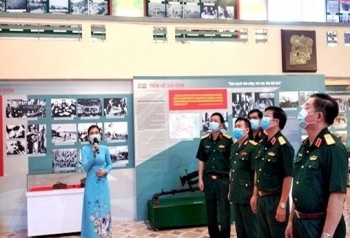 | Range of activities to celebrate 45th anniversary of Reunification Day Ho Chi Minh city plans to hold a range of activities to celebrate the 45th anniversary of the Liberation of South Vietnam and National Reunification ... |
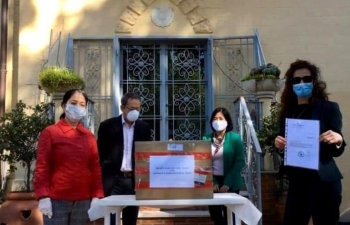 | Vietnamese Embassy assists transportation of face masks to Italy The Vietnamese Embassy in Italy showed solidarity with the host country by ensuring essential medical supplies including face masks, which are channeled to where they ... |
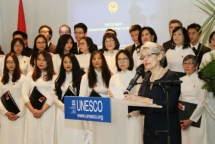 | Paris exhibition honours late President Ho Chi Minh An exhibition dedicated to late President Ho Chi Minh opened in Paris, France on the evening of November 13 to mark the 30th anniversary of ... |
Recommended
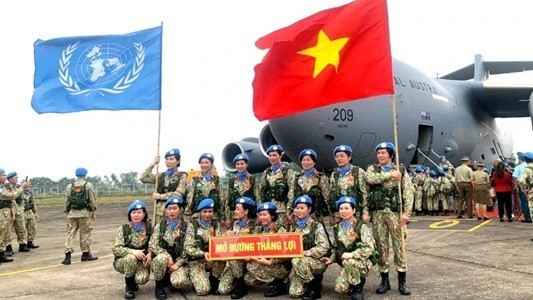 Focus
Focus
Vietnam Leaves Imprints on the World Peacekeeping Map
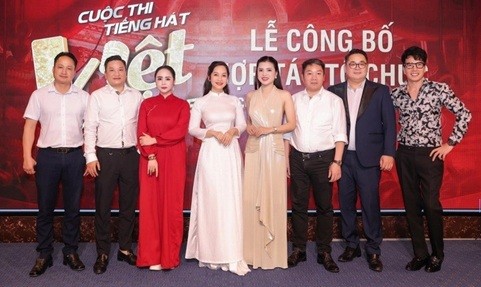 Viet's Home
Viet's Home
“Global Vietnamese Singing 2025” - Connecting Hearts Longing for Homeland
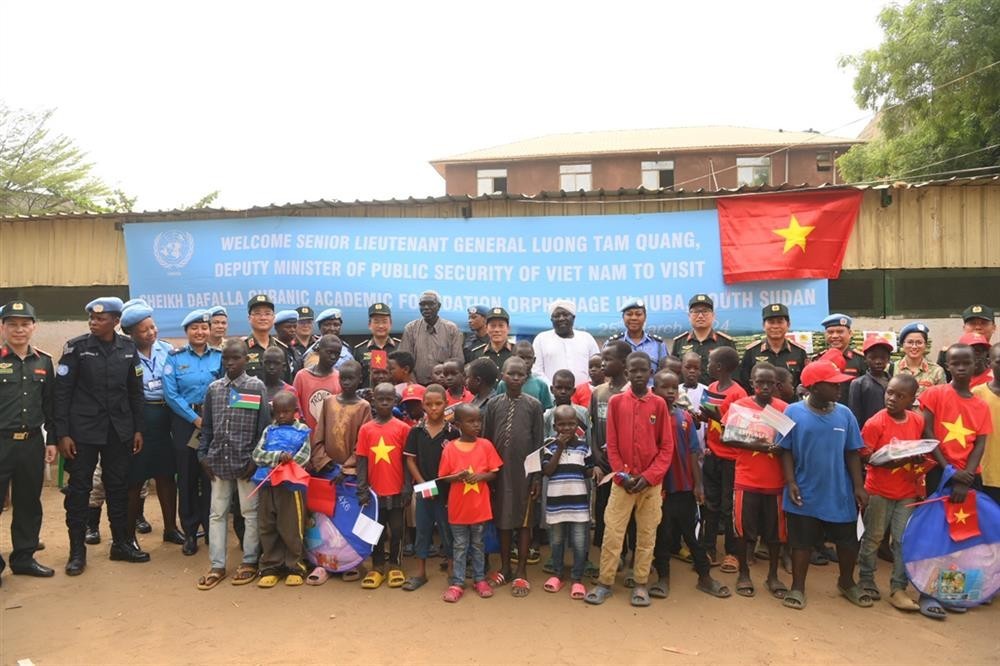 Viet's Home
Viet's Home
Vietnam’s People's Public Security Force Actively Contributes to UN Peacekeeping Operations
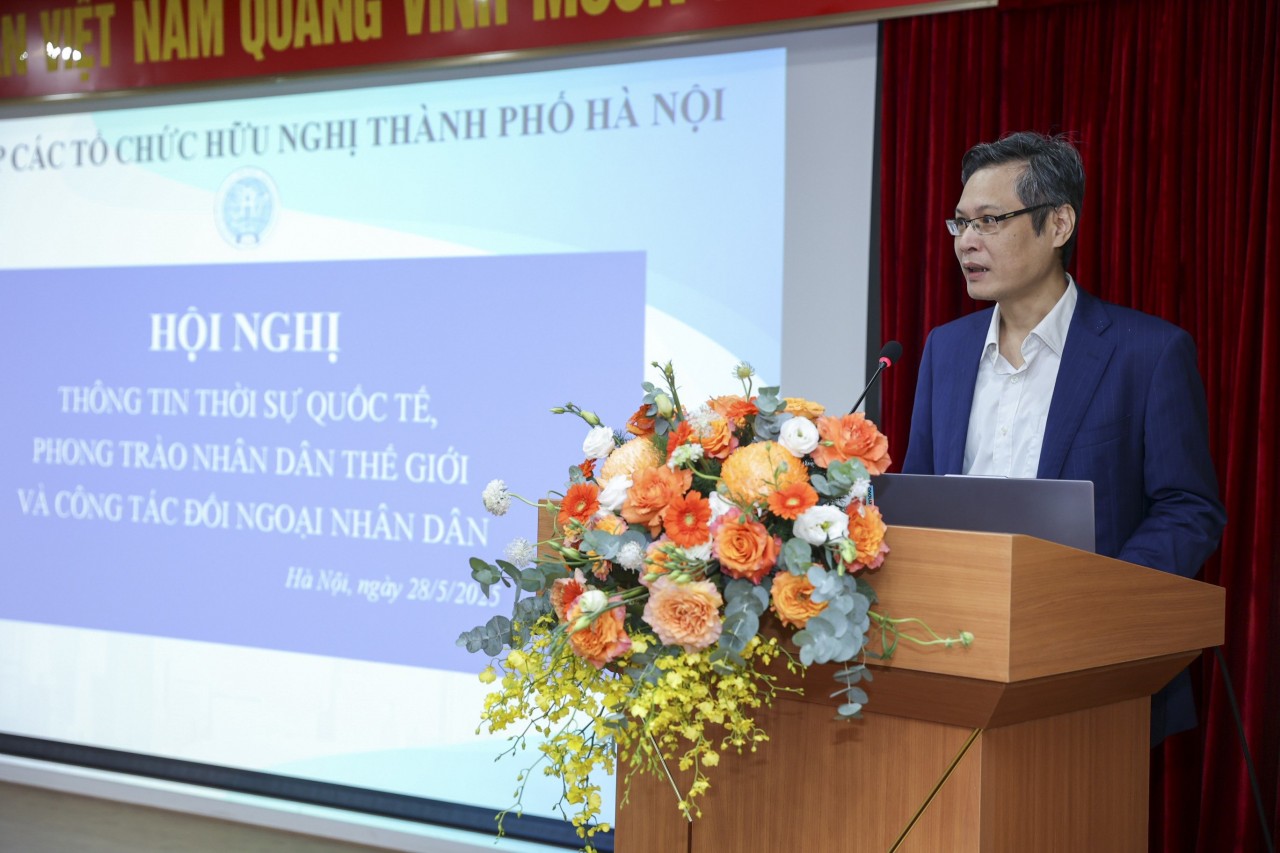 Viet's Home
Viet's Home
HAUFO Enhances Competence of People-to-People Diplomacy Personnel
Popular article
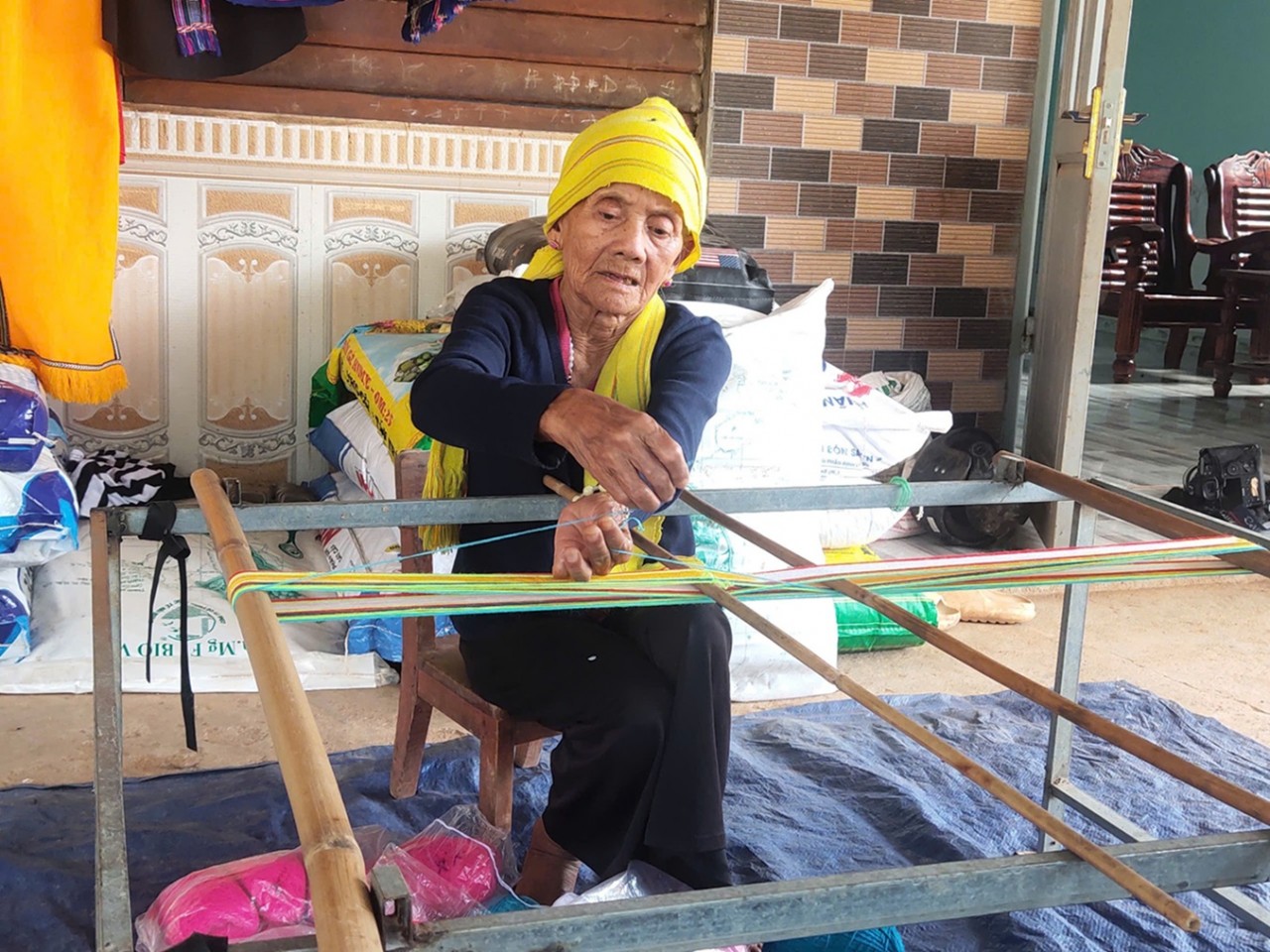 Viet's Home
Viet's Home
Hands that Reserve Da Long Brocade Craft
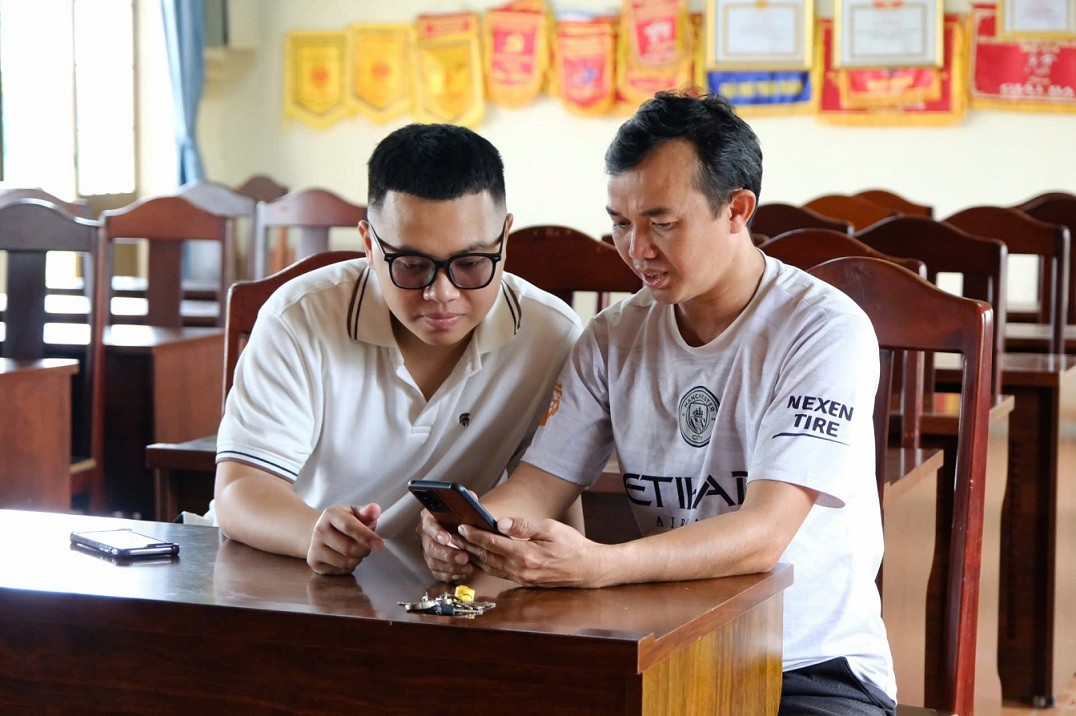 Viet's Home
Viet's Home
Da Rsal – How Digital Transformation Reshape a Poor Commune
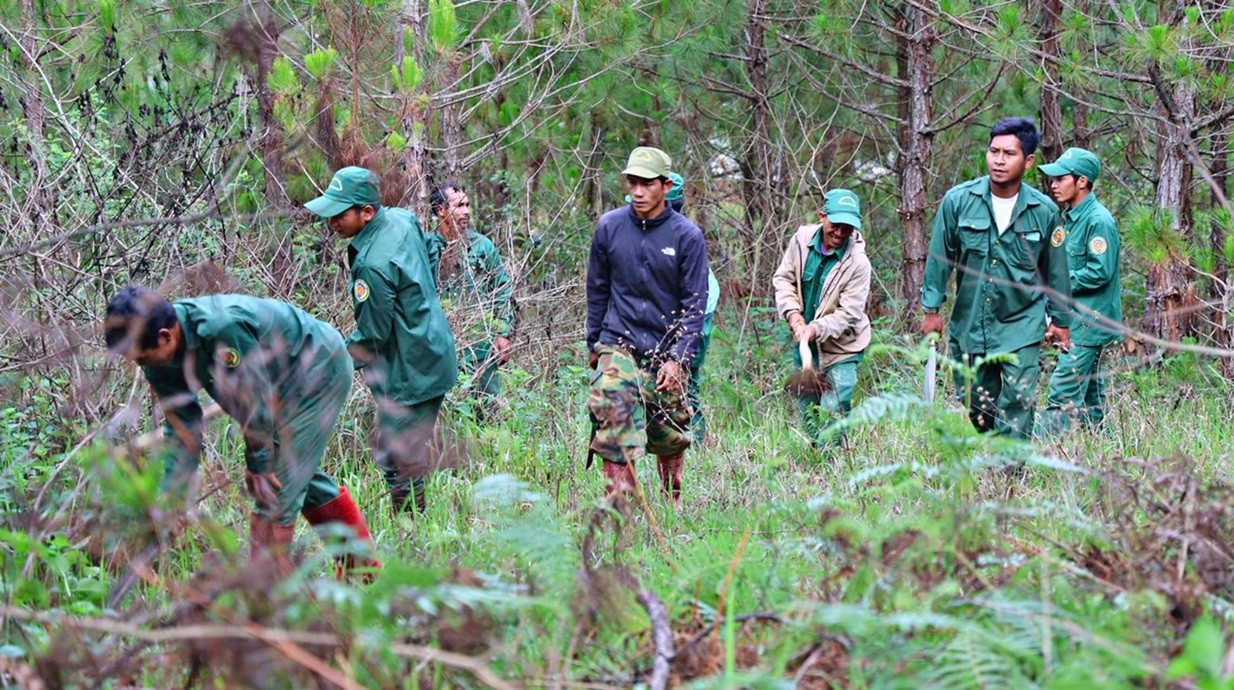 Viet's Home
Viet's Home
Vietnam Classified as “Low Risk” Under the EU Anti-Deforestation Regulation
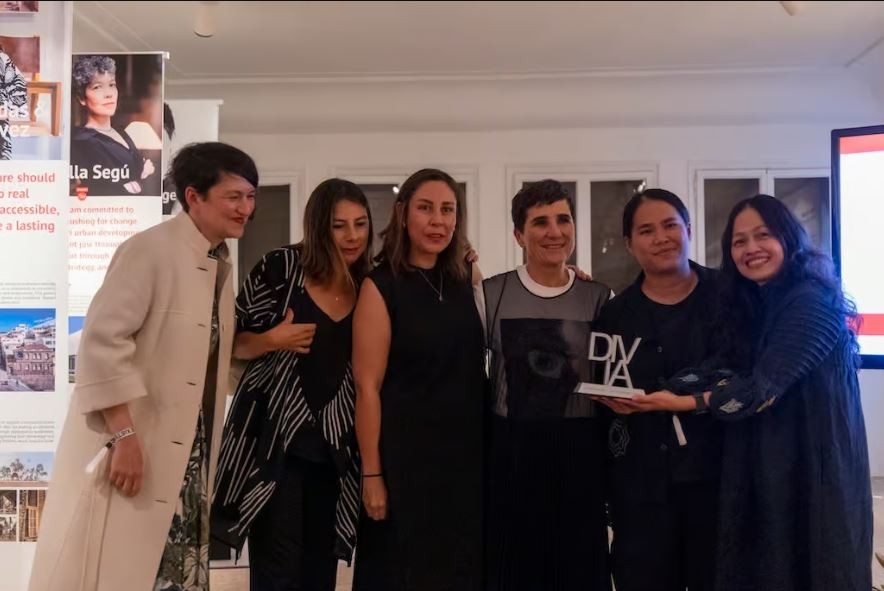 Viet's Home
Viet's Home



